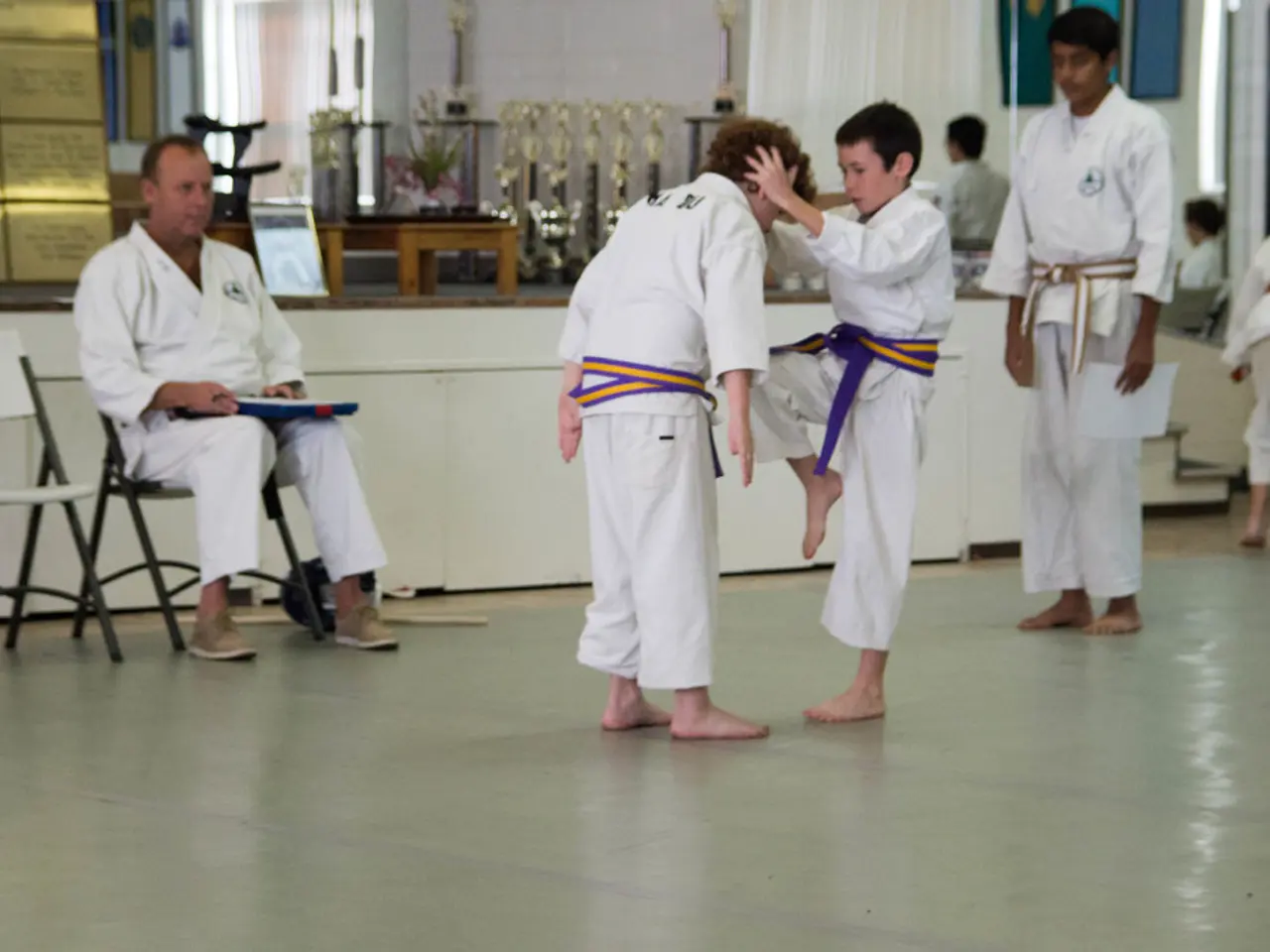Methods for Effective Academic Learning in Higher Education Institutions
====================================================
Are you finding it challenging to settle back into the Princeton mindset as midterms approach, after a summer of various activities? Fear not, as we delve into some study tips tailored to different learning styles, as per Neil Fleming's VAK (Visual, Auditory, Kinesthetic) model.
For Visual Learners
Visual learners thrive on seeing information. To cater to their needs, effective strategies include using images, diagrams, charts, maps, colour-coding notes, and graphic organizers to visually structure and recall information.
- Drawing mind maps can help in organising complex ideas, making connections, and remembering key concepts.
- Illustrating notes can also aid in better comprehension and recall.
- Colour-coding notes can help group related information and make it easier to spot patterns and relationships.
For Auditory Learners
Auditory learners excel through listening and verbal engagement. Here are some tips to help them:
- Listening to lectures is crucial, but active participation is key. Participating in discussions, asking questions, and repeating information aloud can help reinforce memory.
- Mnemonic devices or verbal explanations can also be beneficial in aiding memory retention.
For Kinesthetic Learners
Kinesthetic learners absorb information best through movement and hands-on activities. Here are some practical tips for them:
- Engaging in experiments, role-playing, using gestures when studying, building models, or incorporating physical activity into study sessions can deepen understanding.
- Practicing what you learn is important for kinesthetic learners; they should do practice problems as they read their textbook instead of just following along.
- Acting out what was learned in a lecture with a study buddy can be a helpful study method. Additionally, teaching a classmate can help confirm their understanding of a subject.
The McGraw Learning Center offers personalized study tips, including learning strategies consultants who can help create a study plan tailored to an individual's learning style.
For language learners, listening to music in the target language is recommended as a way to learn an accent, work on pronunciation, and expand vocabulary.
Remember, each learning style requires distinctive approaches: visuals rely on imagery, auditory on sound and speech, and kinesthetic on tactile and physical experiences for optimal learning. So, identify your learning style and adapt your study methods accordingly. Happy learning!
[1] McGraw Learning Center, Princeton University. (n.d.). Study Tips for Different Learning Styles. Retrieved from https://mcc.princeton.edu/study-tips-for-different-learning-styles
[2] Fleming, N. (1995). VAK Learning Styles. Retrieved from https://www.vaklearning.com/the-vak-model/
In line with the various learning styles, junior students might find visual aids more beneficial for understanding complex concepts, such as using color-coded notes, mind maps, or illustrating notes during study sessions. Furthermore, those with a preference for kinesthetic learning might enhance their understanding of a subject by engaging in hands-on activities, like role-playing, building models, or practicing problems.




